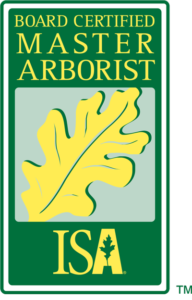TOP 5 Best Tips for Perfect Tree Cutting
Tree cutting is a process that homeowners should be regularly used to maintain the health of your household trees. While you can hire a tree service for this, you can also roll up your sleeves and get the task done yourself, if you work smart and hard enough.
Today, we will show you the five basic steps for an expert tree cutting job.
Summary
Getting your trees trimmed is one way to maintain their health. This improves their appearance while extending their life expectancy, as well. While tree cutting mostly involves cutting away new growth, some basic pruning helps to remove dead, unsightly, and insect-infested branches.
There’s a saying that goes, “Trim trees anytime your saw is sharp.” This is a great approach to getting in a snip here and a snip there. But to make the most of your tree cutting activity, timing is an important factor as well.
Many flowering trees already have their flower buds set way before they bloom. Cutting off these blooms prematurely would not allow the flowers to bud next season
Steps
Once you’ve already established the right season for tree trimming, it’s time to get hold of your tools and just trim away. Follow these steps for more on how to trim a tree:
- Determine which tool you are most comfortable with. A chainsaw is definitely the most efficient tool for tree cutting. However, there are other tools to choose from.
- Look at your tree closely and determine, beforehand, which branches need to be removed, to give it both a neater and more attractive shape, while also removing diseased and dead branches.
- You might want to pay particular attention to the following branches that you see in your initial inspection: broken limbs, low hanging branches, crisscrossing limbs, limbs that grow too close to the main trunk, and crowding branches.
- When conducting trimming or pruning, you can avoid tearing bark by following these steps:
- Cut first from the bottom of the branch, about 5 inches away from the trunk and halfway through the branch you are cutting;
- Then, make a second cut from the top of the trunk and on the outside of the initial cut;
- Lastly, make a third and final cut on the trunk side of the branch, sawing completely from top to bottom.
- Remember to make final cuts on the branches just above the collar and do not use paint to cover the cut. These will help the trunk heal naturally and faster.
If your tree is heavily damaged or is an overly large tree that would require the use of tall ladders or chainsaws, it is best to leave the trimming to a professional tree company like Action Tree Care. We will provide you amazing service with great prices!


